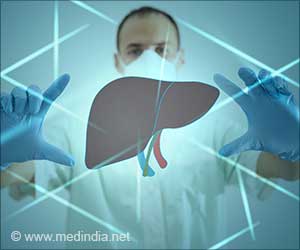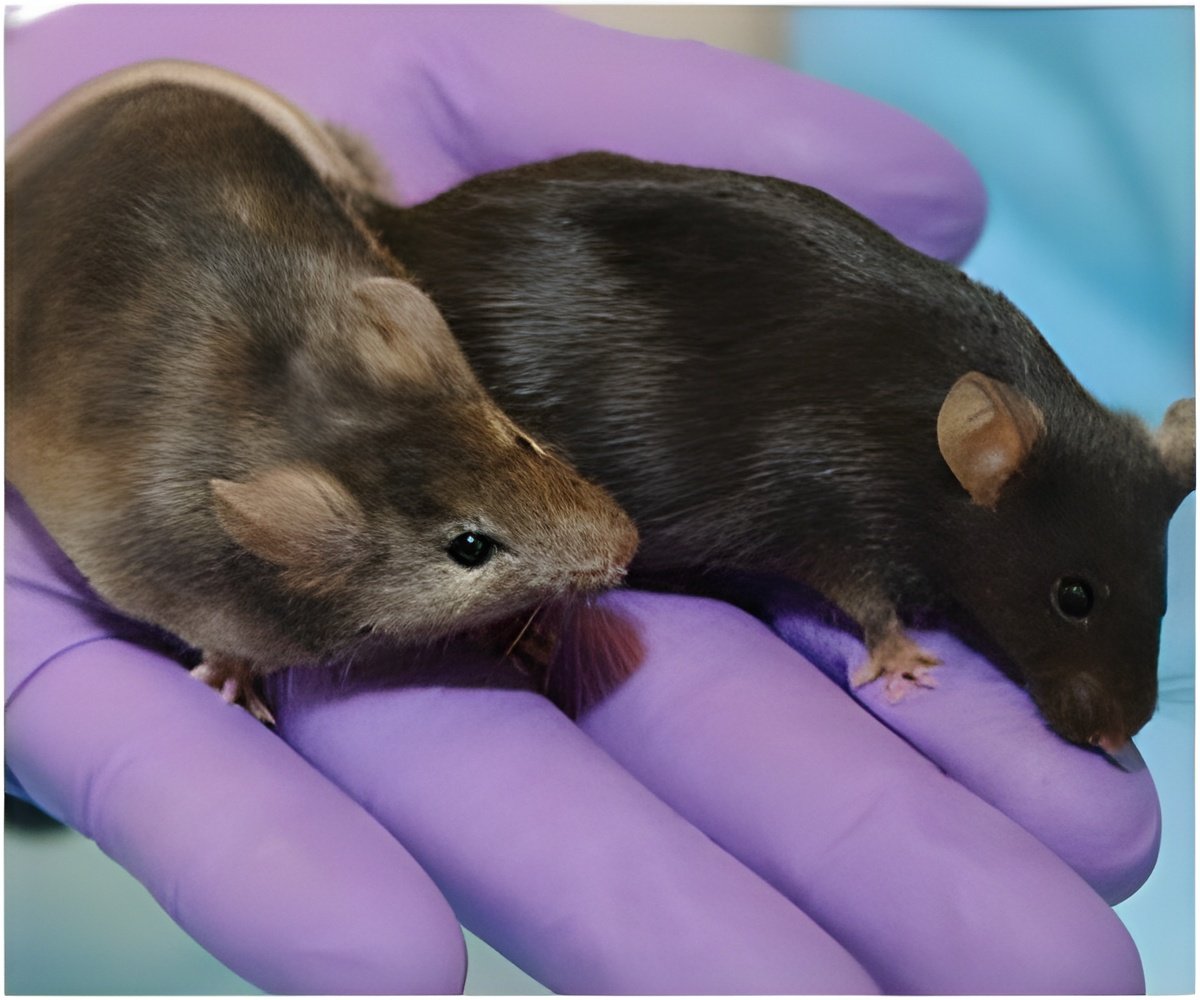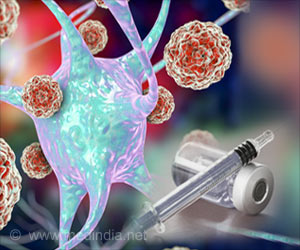Previous research has suggested that NAFLD is associated with perturbed gut microbiota. For example, people with early-stage NAFLD already have an altered gut bacteria profile. So, Li and her team wanted to investigate if resistant starcha type of fiber known to encourage the growth of beneficial gut bacteriacan help treat NAFLD.
The team recruited 200 NAFLD patients and provided them with a balanced dietary plan designed by a nutritionist. Among them, 100 patients also received a resistant starch powder derived from maize while the other 100 received calorie-matched non-resistant corn starch as a control. They were instructed to drink 20 grams of the starch mixed with 300 mL water (1 ¼ cups) before meals twice a day for 4 months.
Advertisement
After the 4-month experiment, participants who received the resistant starch treatment had nearly 40% lower liver triglyceride levels compared to patients in the control group. In addition, patients who had the resistant starch treatment also saw reductions in liver enzymes and inflammatory factors associated with NAFLD. Importantly, these benefits were still apparent even when statistically adjusted for weight loss.
Resistant Starch’s Beneficial Effect on Liver
“Our study shows resistant starch’s impact in improving patients’ liver conditions is independent of body weight changes,” says Yueqiong Ni, the paper’s co-first author at Shanghai Sixth People’s Hospital and Leibniz Institute for Natural Product Research and Infection Biology – Hans-Knöll-Institute (HKI) in Germany.
By analyzing patients’ fecal samples, the team found the resistant starch group had a different microbiota composition and functionality compared with the control. In particular, the treatment-group patients had a lower level of Bacteroides stercoris, a key bacterial species that can affect fat metabolism in the liver through its metabolites. The reduction in B. stercoris is strongly linked to the decrease in liver triglyceride content, liver enzymes, and metabolites observed.
When the team transplanted fecal microbiota from resistant starch-treatment patients to mice fed with a high-fat high-cholesterol diet, the mice saw a significant reduction in liver weight and liver triglyceride levels and improved liver tissue grading compared with mice that received microbiota from the control group.
“We are able to identify a new intervention for NAFLD, and the approach is effective, affordable and sustainable,” Li says.
Source: Eurekalert



